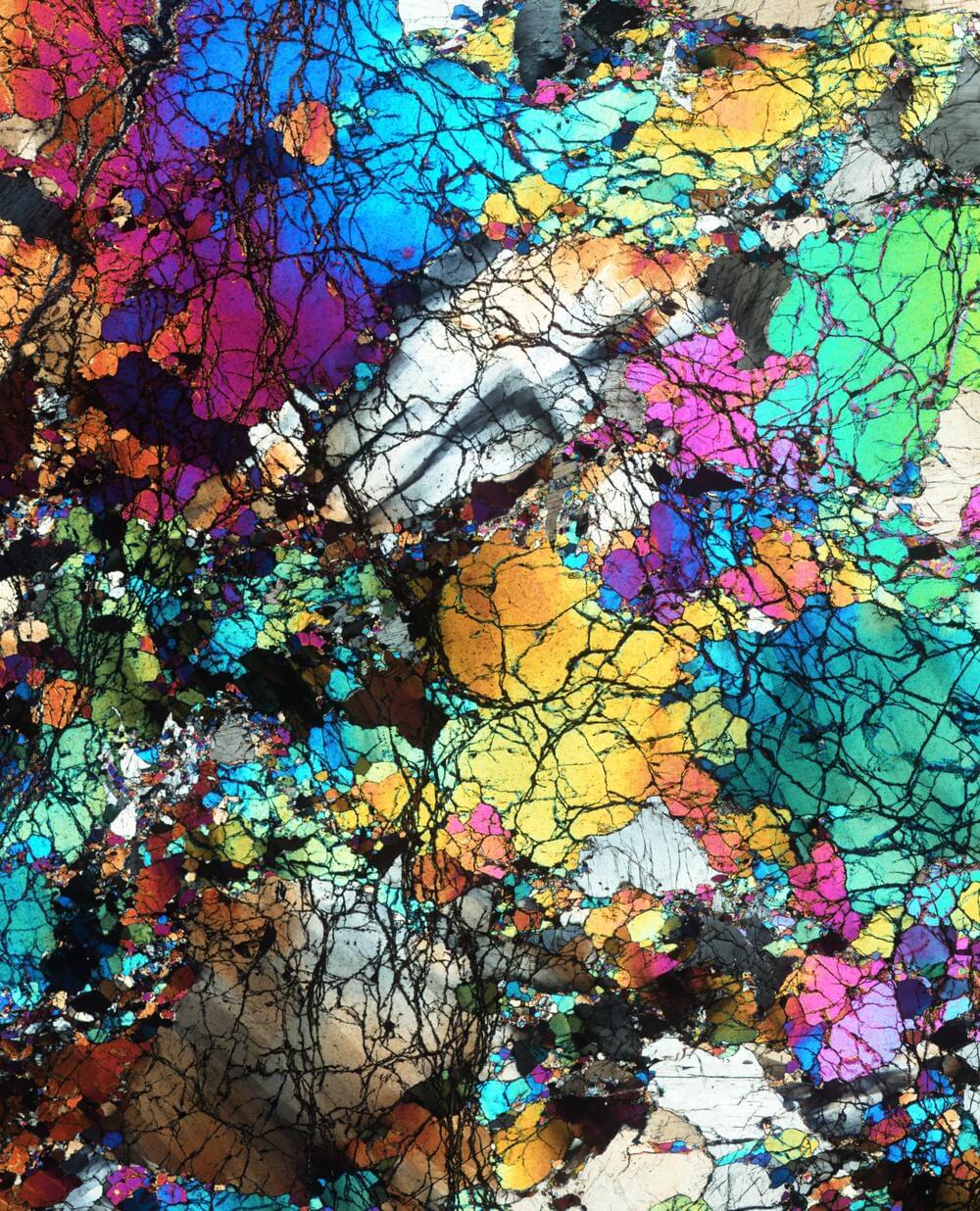The nature of Earth’s deep past can often feel intangible. From our modern moment, eons billions of years in the past seem hard to touch. Among some of our planet’s rocks, however, are tatters and fragments from those distant times that can offer us a peek at what our planet was like when our ancestors were single-celled organisms. By studying some of these vestiges, geologists have been able to detect what was transpiring under the Earth’s crust over 2.5 billion years ago.
Below our feet—and our planet’s outer crust— Earth’s mantle makes up the vast majority of the planet’s volume. Different layers of the mantle are made up of different rock types, and one of the most common is an igneous rock high in silica content called peridotite. In the past, when geologists have compared samples of prehistoric peridotite from Earth’s mantle and their modern equivalents, they’ve found a significant discrepancy.









Leave a reply